Page 2
What Is Eating My Cilantro?
Rabbits and Deer
Anyone who has grown cilantro is familiar with the tell-tale chopped stems and shredded leaves. Rabbits and deer are fond of this herb. A physical barrier, such as a tall fence, is the best protection for garden-grown cilantro. Or grow it in a pot up on the deck.
If you have one of those big (and I mean big) old lamp shades with “ribs”, remove the fabric and secure bird netting all around the frame. Sometimes you can find them at Salvation Army, Habitat for Humanity, or Good Will shops for a few dollars. Or construct something similar using supports and netting. Anchor the structure to the ground so it can’t be dislodged by a hungry rabbit.
When cold weather comes in the fall, this lamp shade cloche will protect cilantro and parsley from deer and rabbits, and from severe cold. Wrap it in clear plastic to make a mini greenhouse (2 separated layers give better protection). Simple! Just remember to open it up in the daytime so the plant doesn’t overheat. I did this every winter, when I lived in Maryland, for flat-leaf parsley.
The Black Swallowtail Butterfly
Black swallowtail butterfly caterpillars feed exclusively on members of the Apiaceae family. Female butterflies lay eggs on the foliage, which soon hatch into tiny caterpillars. When the caterpillars are small, they resemble bird droppings—a clever ruse to keep predators disinterested.
The larvae become beautiful yellow, green, and black striped insects (on dill, in photo, right) that can finish off an entire plant in a day!
At times, you might notice a scent organ protruding from the thorax, just behind the head of a swallowtail caterpillar (family Papilionidae). When threatened, the caterpillar shoots out this pungent-scented osmeterium to scare off predatory insects and spiders. It’s forked, like a snake’s tongue, enhancing the scare factor.
Organic growers use Bacillus thuringiensis, or Bt, to target caterpillars of butterflies and moths. This naturally occurring bacterium disrupts the caterpillar’s digestive system, and the insect dies a day or so after ingesting it. Spray when you notice the caterpillars or the missing foliage. It’s safe to use on edibles; just rinse the foliage before using.
When I sold plants at Maryland farmers’ markets, a few customers asked for cilantro, dill, or parsley plants “with eggs”. The next customer in line, perplexed, would ask, “Why did she want eggs on the plants?” And then I’d explain, briefly, the life cycle of this pretty pollinator. Before long, many customers were asking for plants with eggs or caterpillars.
If you enjoy butterflies but want your herbs, too, simply plant more than you had planned. It would be wise, though, to protect some of the plants with screening. Or…
Safe Haven
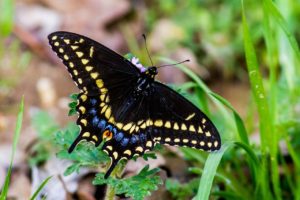
Black swallowtail butterfly sipping nectar from a weed.
Another option is to plant bronze fennel plants somewhere in the yard. This perennial herb grows a few feet tall, so plan accordingly. Parsley, dill, cilantro, and fennel are in the same plant family, and the black swallowtail larvae feed on any of them. These caterpillars also feed on the naturalized roadside weed, Queen Anne’s lace, or wild carrot (Daucus carota).
Transfer the caterpillars to the fennel, which can accommodate a few of these insects. Eventually, the mature caterpillars will crawl off and form chrysalises, pupating in garden debris and stems.
A second generation of butterflies can emerge in warm weather. Late in the season, though, the caterpillar will overwinter in its cozy abode, and emerge the next spring. It helps the butterflies and other insects if we leave a few piles of plant debris around the garden, where they can safely overwinter. Not removing all old debris from our garden helps keep insects on the property. Sending it to the recycling center, however, removes chrysalises from your yard.
Adult swallowtails are general feeders and take nectar from many kinds of flowers.
Allowing bronze fennel to go to seed will “reward” you with dozens of bronze fennel seedlings growing nearby. If you don’t want this to happen, remove the flower heads before they set seed. Allowing the flowers to stay for a while, though, feeds the local pollinators and other beneficial insects.
Raising Caterpillars
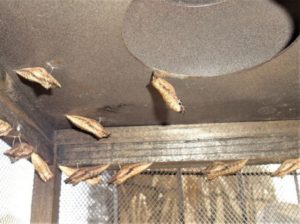
Black swallowtail chrysalises.
While working at a garden center a few years ago, I collected young black swallowtail larvae from the herbs, and placed them in this screened box (photo, right).
Each day, we added parsley leaves or kept older plants inside, which the caterpillars fed on (voraciously!) until they pupated.
After a few weeks, as butterflies emerged from their chrysalises, I announced the event. Coworkers and customers came from all around to watch. Everyone had an opportunity to release the butterflies, after their wings had pumped up with blood.
At The Olney Farmers’ and Artists’ Market
When adding this photograph (below) of the little yellow egg, I remembered a story that unfolded while working at the Olney Farmers’ and Artists’ Market, in Olney, Maryland. Years ago, a young child and his father came to shop for plants at my booth. As they looked over the herbs on the table in front of me, we talked about the black swallowtail caterpillar’s appetite for parsley, cilantro, and dill.
I explained that, after landing on an appropriate plant, female butterflies laid eggs, which hatched into “very hungry caterpillars” (as in Eric Carle’s children’s classic, The Very Hungry Caterpillar). And then, when they were big enough, they pupated in chrysalises, where the caterpillars transformed into butterflies.
At the precise moment I had finished the “lesson”, a female black swallowtail butterfly landed on a parsley plant, in front of the little boy, right at eye-level! He was spellbound, and we all had a good laugh as I turned over the leaf and pointed out the egg. “See?” (***Update***: This section added April 11, 2020.)
More Insects and Diseases
While the larger insects and animals are easily detected, other pests are less conspicuous.
Insects and Nematodes
Army Worms
Army worms are larvae of several species of moths. They hide in the soil during the daytime. At night, they come out to feed on the foliage of parsley, cilantro, and many other crops.
Female moths lay clusters of eggs on the leaves and cover them with a white fuzzy coat. The young caterpillars are light green to yellowish, with light and dark stripes down their backs. Ladybugs, spiders, and wasps prey on army worms.
Cutworms
Cutworms curl into a “C” shape when disturbed and grow 1″ to 2″ long. They, too, hide in the soil during the daytime and emerge to feed at night. Cutworms attack a wide variety of plants, severing the stems just above soil level. Surround the stems of young transplants with paper collars to protect them while they’re vulnerable. They normally attack only young seedlings.
Army worms and cutworms can be controlled with Bt, but a few seedlings might be consumed in the process. Once the larvae have ingested enough Bt, they shouldn’t be a problem until moths come along and lay more eggs. If cutworms are a recurrent problem in your garden, start plants in pots first instead of seeding directly into the soil.
Aphids
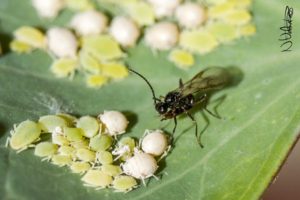
A braconid wasp with living aphids and aphid mummies.
Several species of aphids feed on cilantro and its relatives. These pests are preyed upon by ladybugs, green lacewings, and tiny braconid wasps.
If the herb crop is threatened, use a strong spray of water from the hose to dislodge them. Normally, aphid populations build up in spring before the ladybugs appear. If they persist, use a solution of horticultural oil. Read the label.
Carrot Root Fly
This insect causes stunted growth or yellowing foliage, which might turn reddish. The larvae feed underground, on the roots, so you won’t see them unless you dig around. Look for white to light yellow maggots, almost 1/2″ long.
I’ve read about, but have not tried, using a solution of hydrogen peroxide to kill them (1:10, 35% peroxide:water). Insect screening secured over the bed and beneficial nematodes will help.
Root Knot Nematodes
These species of harmful worm-like nematodes affect crops growing primarily in sandy soils, causing root galls. You’ll see plants with decreased vigor and yellowing leaves.
Remove debris from the garden for a few weeks prior to planting or solarize it. Solarizing involves securing black plastic over the bed and tucking the edges into the soil or weighing them down with boards. This allows the soil to heat up in the sun. Soil temperature rises to a point that kills insects, diseases, and weeds lingering in the soil. The longer the plastic remains on the ground and the hotter the air temperature, the deeper the soil heats up.
Diseases
Cilantro is susceptible to bacterial leaf spot and soft spot diseases in irrigated or wet soil. Avoid handling wet plants.
Some diseases are carried on seeds, so many seed suppliers test seed lots for Pseudomonas.
The willow carrot aphid can vector in a disease caused by 2 kinds of viruses. This carrot mottle virus causes foliage to turn yellow, tinted with red. It is more often seen in cilantro where nearby carrots are held long-term in the ground.
Damping off in young seedlings is caused by a few fungal organisms. The narrowed tissues on an infected stem turn light brown, and the seedling soon falls over. Damping off and powdery mildew can often be prevented with good cultural procedures. Keep the foliage dry and avoid planting in shade or where air circulation is hindered.
The Best Variety I’ve Grown
When I first grew cilantro for the markets, only the basic species was available. Then a couple of new varieties came on the scene, but none of them lasted in warm weather. They’d grow 5″ or 6″ tall, and then produce those tell-tale finely dissected leaves that announced, “It’s all downhill from here!”
I’m unaware of any varieties of cilantro that live more than 2 or 3 months in a warm-to-hot summer climate. Gardeners expect to replant it a few times a year or to grow it only in cool weather.
Then I found ‘Calypso’ in the Johnny’s Selected Seeds catalog and gave it a try. You recall that I didn’t grow cilantro for me, but it was a popular herb at the farmers’ markets. Since the markets were open only in the summer at that time, I had to derive as much value as I could in those 5 or 6 months. Having cilantro on the table in summer when no one else did offered an advantage.
The difference in overall plant quality between ‘Calypso’ and any other variety of cilantro in a hot summer is notable. Where other varieties of young cilantro struggled to stay alive, ‘Calypso’ was oblivious to the hardship. It’s still short-lived, but the quality of the foliage in warm weather is superior to that of other varieties. (***Update***: In 2022 and in 2023, I grew ‘Cruiser’ because ‘Calypso’ had sold out. ‘Cruiser’ is another cilantro variety that grows well in warm weather. 5/24/2023)
By providing “Cilantro’s 5 Needs” and selecting the right variety, you’ll be able to harvest the best cilantro you’ve ever grown.
You no longer will have to ask, “Why can’t I grow cilantro?”
Headings
Page 1: Why We Either Love Or Hate Cilantro, The Nature of Cilantro, Cilantro Substitutes, Consider Climate, Winter Protection, Coriander, and What Cilantro Likes (Cool, Young, Fertile, N-P-K, Moist, Fast)
Page 2: What Is Eating My Cilantro? (Rabbits and Deer, The Black Swallowtail Butterfly, Safe Haven, Raising Caterpillars, At The Olney Farmers’ and Artists’ Market), More Insects and Diseases (Insects and Nematodes, Diseases), and The Best Variety I’ve Grown
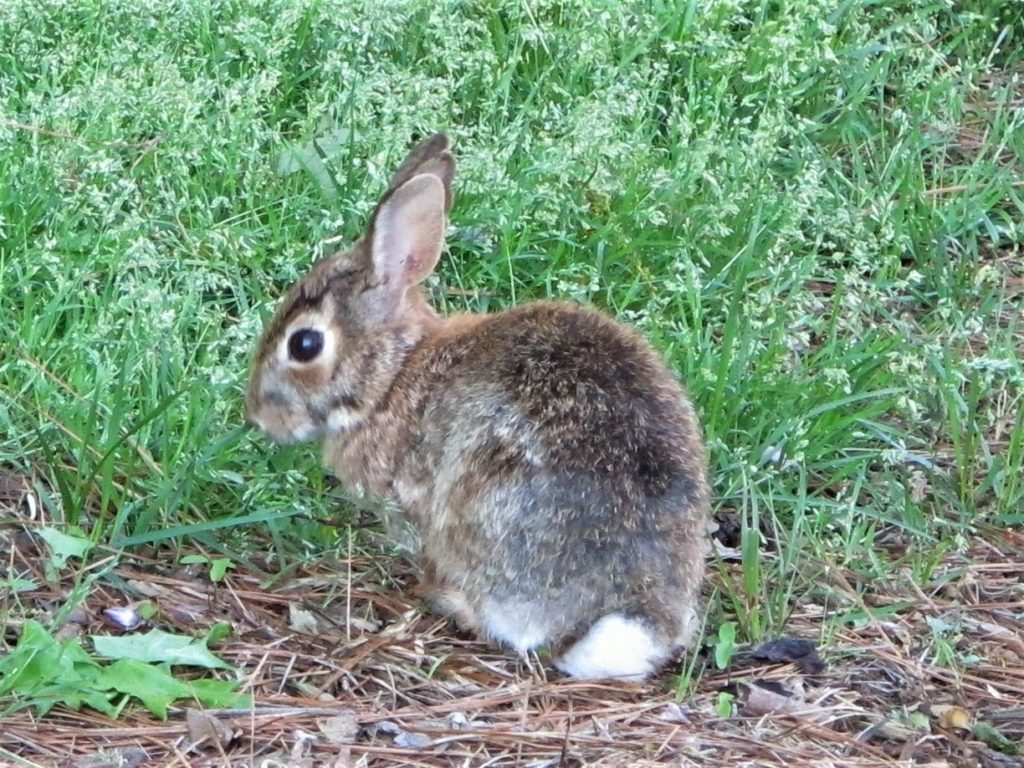
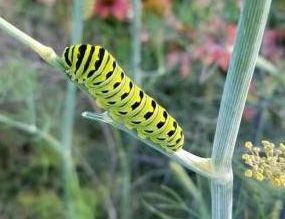
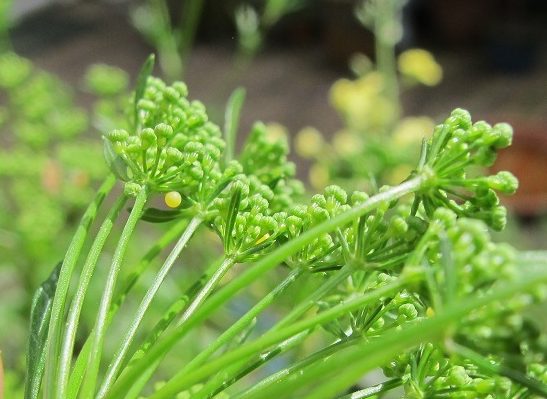
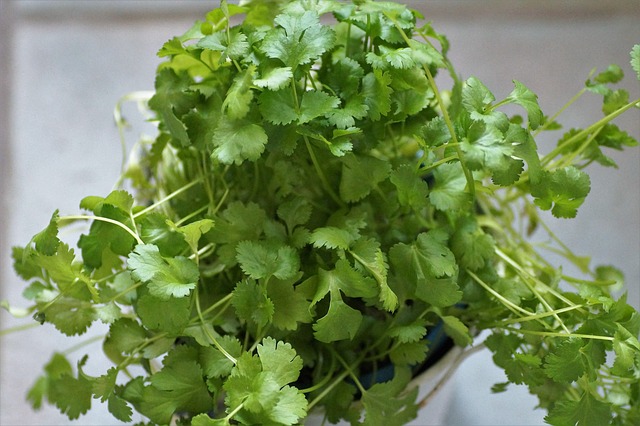

You’re welcome. Yes, cilantro can be tricky. Timing counts!
Thank you so much for sharing this post. I have some cilantro that
bolted rather quickly (I didn’t even get a chance to use it).
LOL! Now I see the seeds and was wondering when to collect them.
Now I know. Thank you.